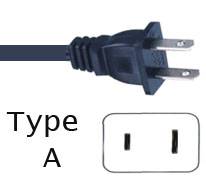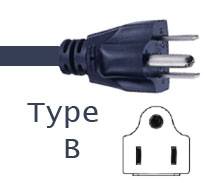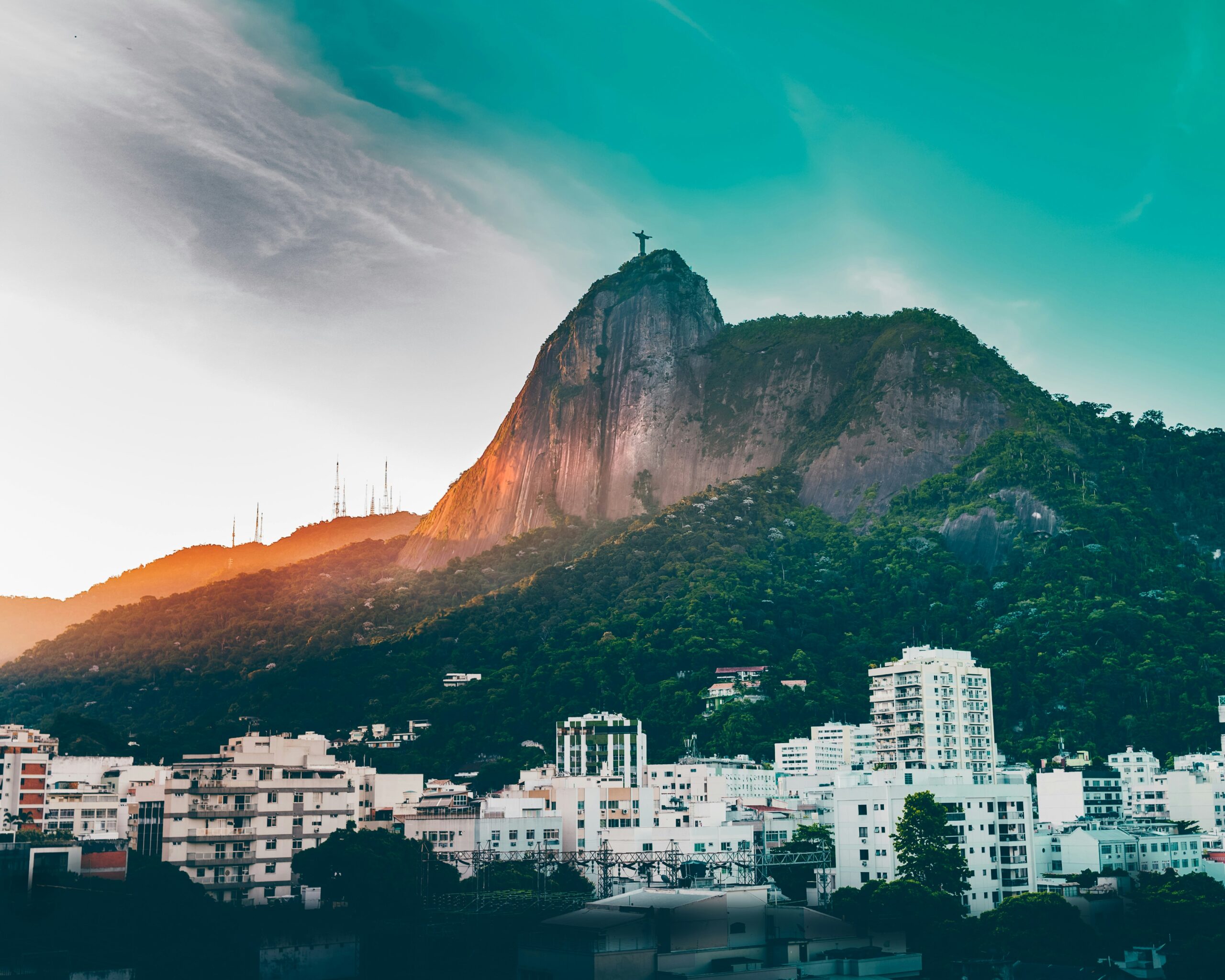Ecuador, located on the equator in northwestern South America, is a country of stunning natural beauty, rich biodiversity, and vibrant indigenous cultures. From the lush Amazon Rainforest to the snow-capped peaks of the Andes Mountains and the pristine shores of the Galápagos Islands, Ecuador offers travelers a diverse range of experiences. Explore the colonial streets of Quito, trek through the cloud forests of Mindo, or discover the unique wildlife of the Galápagos. With its colorful markets, delicious cuisine, and warm hospitality, Ecuador invites visitors to immerse themselves in its captivating landscapes and cultural traditions.
Ultimate Ecuador Travel Guide
Destinations
Best time to go
The best time to visit Ecuador depends on the region and the activities you have planned. Generally, the dry season (June to September) is ideal for visiting the Andes Mountains and the Galápagos Islands, while the wet season (December to May) offers lush landscapes and vibrant wildlife in the Amazon Rainforest and coastal areas. Keep in mind that Ecuador’s climate varies widely depending on the region and altitude, so it’s essential to research specific destinations before planning your trip.
Average Temperature By Month
January: 14°C to 24°C (57°F to 75°F)
February: 14°C to 24°C (57°F to 75°F)
March: 14°C to 24°C (57°F to 75°F)
April: 14°C to 24°C (57°F to 75°F)
May: 14°C to 24°C (57°F to 75°F)
June: 14°C to 24°C (57°F to 75°F)
July: 14°C to 24°C (57°F to 75°F)
August: 14°C to 24°C (57°F to 75°F)
September: 14°C to 24°C (57°F to 75°F)
October: 14°C to 24°C (57°F to 75°F)
November: 14°C to 24°C (57°F to 75°F)
December: 14°C to 24°C (57°F to 75°F)
What To Expect
Time Zone:
Ecuador operates on Ecuador Time (ECT), which is five hours behind Coordinated Universal Time (UTC-5).
Currency:
The official currency of Ecuador is the US Dollar (USD). US dollars are widely accepted throughout the country, but it's advisable to carry cash for smaller purchases and when visiting rural areas.
Language:
Spanish is the official language of Ecuador and is spoken by the majority of the population. Indigenous languages, such as Quechua and Shuar, are also spoken, particularly in rural areas and among indigenous communities.
Airport:
Ecuador has several major international airports, including Mariscal Sucre International Airport (UIO) in Quito, José Joaquín de Olmedo International Airport (GYE) in Guayaquil, and Seymour Airport (GPS) in the Galápagos Islands. These airports serve as gateways to Ecuador and offer connections to destinations around the world.
How To Get Around
Public Transportation: Ecuador’s major cities have comprehensive public transportation systems, including buses and taxis. In Quito and Guayaquil, the metro and buses are the most common modes of transportation. In more rural areas, transportation options may include minibusses and shared taxis.
Rental Cars: Renting a car is a convenient option for exploring Ecuador independently, especially in rural areas and regions with limited public transportation. Several car rental agencies operate at airports and in major cities.
Domestic Flights: Domestic flights are available between major cities and regional airports. Several airlines operate domestic routes, providing convenient connections across the country.
Average Temperature By Month:
January: 14°C to 24°C (57°F to 75°F)
February: 14°C to 24°C (57°F to 75°F)
March: 14°C to 24°C (57°F to 75°F)
April: 14°C to 24°C (57°F to 75°F)
May: 14°C to 24°C (57°F to 75°F)
June: 14°C to 24°C (57°F to 75°F)
July: 14°C to 24°C (57°F to 75°F)
August: 14°C to 24°C (57°F to 75°F)
September: 14°C to 24°C (57°F to 75°F)
October: 14°C to 24°C (57°F to 75°F)
November: 14°C to 24°C (57°F to 75°F)
December: 14°C to 24°C (57°F to 75°F)
Plugs:
Ecuador uses electrical outlets that are compatible with Type A and Type B plugs. Type A plugs have two flat parallel pins, while Type B plugs have two flat parallel pins and a grounding pin. The standard voltage is 120 volts AC, with a frequency of 60Hz.
VPN:
While Ecuador generally has unrestricted internet access, using a virtual private network (VPN) can provide added security and privacy, especially when accessing public Wi-Fi networks.
Safety:
Ecuador is considered a safe destination for travelers, but it's essential to take standard precautions to ensure your safety and well-being. Be mindful of your belongings, particularly in crowded tourist areas and when using public transportation. Avoid displaying valuables in public, be vigilant of your surroundings, and use reputable transportation services. Additionally, follow local laws and regulations, respect cultural customs, and stay informed about any travel advisories or alerts issued by authorities.
Credit Cards and Banks
Credit Cards:
Credit card acceptance in Ecuador is widespread, especially in urban areas, tourist destinations, hotels, restaurants, and larger shops. Visa and MasterCard are the most commonly accepted cards, followed by American Express and Diners Club. Contactless payments, including Apple Pay and Google Pay, are also becoming increasingly common.
Debit Cards:
Debit cards are commonly used in Ecuador for ATM withdrawals and some purchases. Most banks issue debit cards that can be used domestically and internationally. Make sure to inform your bank of your travel plans to avoid any issues with card usage abroad.
ATMs:
ATMs are readily available in cities, towns, and tourist areas throughout Ecuador, allowing you to withdraw US dollars (USD) or Ecuadorian Sucre (ECS). Most ATMs accept international cards, but it’s advisable to use ATMs located inside banks or major shopping centers for security. Some ATMs may have withdrawal limits, so plan accordingly.
Currency Exchange:
The official currency of Ecuador is the US Dollar (USD). It’s recommended to carry US dollars for transactions in Ecuador. However, some establishments may accept Ecuadorian Sucre (ECS) as well. You can exchange major foreign currencies at banks, currency exchange booths, and some hotels.
Banks:
Major banks in Ecuador include:
- Banco del Pacífico: One of the largest banks in Ecuador, Banco del Pacífico offers a wide range of banking services including savings accounts, loans, and foreign exchange.
- Banco Pichincha: Another prominent bank in Ecuador, Banco Pichincha provides various banking products and services for individuals and businesses.
Traveler’s Checks:
Traveler’s checks are becoming less common worldwide, and their usage is limited in Ecuador. It’s recommended to carry cash or use alternative payment methods such as credit/debit cards or ATMs for transactions. However, some banks may still offer services for cashing traveler’s checks, albeit with a fee.
Tips for Banking in Ecuador:
- Notify your bank before traveling to Ecuador to inform them of your travel plans and avoid any issues with card usage abroad.
- Keep your PIN and card information secure, and be cautious when using ATMs, especially in secluded areas or at night.
- Familiarize yourself with the current exchange rate to ensure fair transactions when exchanging currency.
- Carry small denominations of US dollars for smaller purchases, as change may be limited.
By understanding the banking system in Ecuador, you can ensure a smooth and hassle-free financial experience during your travels in the country.
Locations
Ecuador
TRAVEL FACTS
US State Dept Travel Advisory
The US Department of State currently recommends US citizens exercise increased caution in Ecuador due to civil unrest, crime, and kidnapping. Some areas have increased risk.
https://travel.state.gov/content/travel/en/traveladvisories/traveladvisories.html
Passport/Visa Requirements
For the latest passport and visa requirements for this country, please consult the U.S. State Department’s “Learn About Your Destination” search tool, available through the link below.
US Embassy/Consulate
[593] (2) 398-5000; US Embassy Quito, E12-170 Avigiras Ave. and Eloy Alfaro Ave., Quito, Ecuador; https://ec.usembassy.gov/; ACSQuito@state.gov
LGBTQIA+ Travelers
Telephone Code
593
Local Emergency Phone
Ambulance: 131; Fire: 102; Police: 101
Vaccinations
The CDC and WHO recommend the following vaccinations for Ecuador: hepatitis A, hepatitis B, typhoid, yellow fever, rabies, meningitis, polio, measles, mumps and rubella (MMR), Tdap (tetanus, diphtheria and pertussis), chickenpox, shingles, pneumonia, influenza, and COVID-19.
Climate
Tropical along coast, becoming cooler inland at higher elevations; tropical in Amazonian jungle lowlands
Currency (Code)
US $ (USD)
Electricity/Voltage/Plug Type(s)
120 V / 60 Hz / plug types(s): A, B


Major Languages
Spanish (Castilian), Quechua
Major Religions
Roman Catholic, Protestant (Evangelical, Adventist, other Protestant), Jehovah’s Witness, other, none
Time Difference
UTC-5 (same time as Washington, DC, during Standard Time); note: Ecuador has two time zones, including the Galapagos Islands (UTC-6)
Potable Water
Opt for bottled water
International Driving Permit
Suggested; additionally, if you plan to drive in Ecuador, you will need an Inter-American Driving Permit issued by the AAA
Road Driving Side
Right
Tourist Destinations
Galápagos Islands; Quito historic center; Cuenca historic center; Cotopaxi; Cajas National Park; Guayaquil Boardwalk (Malecon 2000); Nariz del Diablo; Qhapaq Nan/Andean Road System
Major Sports
Soccer, cycling
Cultural Practices
Ecuadorians are more formal in their business dealings than many other cultures. Shake hands when meeting someone and when leaving.
Tipping Guidelines
Tipping 10% is common in restaurants, usually handed directly to the server. Round up the fare for taxis. Hotel bellhops receive $1-2 (USD) per bag and housekeepers about $1 (USD) per day.
Souvenirs
Coffee, llama wool products, woven baskets and straw hats, carpets, tagua vegetable and wood carvings, non-edible dough figurines, leather goods, sheepskin paintings; tribal instruments, masks, jewelry, and fabrics
Traditional Cuisine
Ceviche — raw fresh fish marinated with lime juice and mixed with chilies, onions, tomatoes, and cilantro; typically served with patacones (thick fried green plantains), chifles (very thin fried green plantain chips), corn nuts, or popcorn
Please visit the following links to find further information about your desired destination.
World Health Organization (WHO) – To learn what vaccines and health precautions to take while visiting your destination.
US State Dept Travel Information – Overall information about foreign travel for US citizens.
To obtain an international driving permit (IDP). Only two organizations in the US issue IDPs:
American Automobile Association (AAA) and American Automobile Touring Alliance (AATA)
How to get help in an emergency?
Contact the nearest US embassy or consulate, or call one of these numbers:
from the US or Canada – 1-888-407-4747 or from Overseas – +1 202-501-4444
Central Intelligence Agency.
The World Factbook.
/the-world-factbook
(May 8, 2024)



